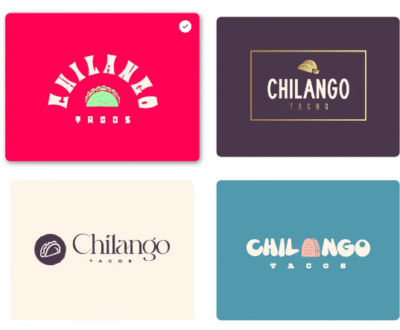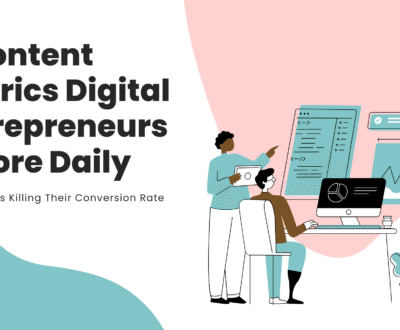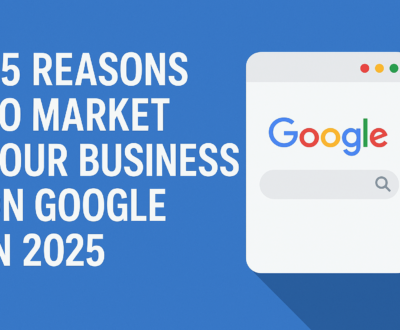3 Secrets About Colour Psychology Every Digital Marketer Should Know.
- June 23, 2025
- Uncategorized

As a digital marketer or business owner growing their business online, you know that colours play a crucial role in graphic design. But did you know that colours can evoke emotions, influence perceptions, and drive sales?
In this post, we’ll explore the psychology behind colours and provide tips on how to harness their power to create graphics that resonate with your target audience.
The Psychology Behind Colours
Colours create different emotional responses in people, depending on their personal experience depending on their personal experiences, cultural background and context.
Here’s a brief overview of some common colours and their associated emotions:
- Red: Energy, passion, excitement, and urgency
- Orange: Creativity, enthusiasm, warmth, and playfulness
- Yellow: Happiness, optimism, sunshine, and warmth
- Green: Nature, growth, harmony, and balance
- Blue: Trust, loyalty, professionalism, and calmness
- Purple: Luxury, creativity, wisdom, and sophistication
How to Use Colour Psychology for Graphic Design
1. Know Your Audience: Understand your target audience’s demographics, preferences, and behaviour to choose colours that resonate with them.
2. Define Your Brand’s Personality: Select colours that reflect your brand’s values, tone, and personality to create a consistent visual identity.
3. Use Colors to Evoke Emotions: Choose colours that evoke the desired emotional response from your audience, such as excitement, trust, or happiness.
4. Consider the Context: Take into account the context in which your graphics will be used, such as a website, social media, or print materials.
Best Practices for Using Colour Psychology in Graphic Design
1. Use a Limited Color Palette: Stick to 2-3 core colours that reflect your brand’s personality and resonate with your audience.
2. Contrast Colors Effectively: Use contrasting colours to draw attention, create visual interest, and guide the viewer’s eye.
3. Consider Color Hierarchy: Use colours to create a visual hierarchy, with the most important elements standing out the most.
4. Test and Iterate: Test your colour choices with your target audience and iterate based on feedback to optimize your design.
Examples of Brands with Successful Colour Psychology
1. Coca-Cola’s Red: The iconic red colour of Coca-Cola evokes feelings of energy, passion, and excitement, perfectly capturing the brand’s personality.
2. Facebook’s Blue: Facebook’s blue colour scheme conveys trust, loyalty, and professionalism, which are essential for a social media platform.
3. McDonald’s Yellow and Red: The combination of yellow and red in McDonald’s branding evokes feelings of happiness, warmth, and energy, making it a recognizable and memorable brand.
Conclusion
By understanding the psychology behind colours and using best practices, you can create graphics that drive sales, evoke emotions, and resonate with your target audience.
Join our next cohort and learn how to build your career as a digital marketer with graphic design skills.
Venue: NC Digital Consult
What You’ll Learn
- Marketing Research
- Chatbot Automation
- Website design
- Sales copywriting
- Graphic design.
- Email Marketing
- Web Analytics
- Lead Generation
- Paid advertising
- Social media, etc.
Call or WhatsApp us now at +234 8163821127 for training brochure and enrollment or visit our office at #8 Trans – Woji Road, Elelenwo, Port Harcourt, Rivers State. We look forward to growing your digital marketing skills with you.
About us and this blog
We are a digital marketing company with a focus on helping our customers achieve great results across several key areas.
Subscribe to our newsletter!
More from our blog
See all postsRecent Posts
- 6 Free AI Logo Generators For Small Business. October 6, 2025
- How To Sell Any Product Without A Website July 23, 2025
- 3 Secrets About Colour Psychology Every Digital Marketer Should Know. June 23, 2025









